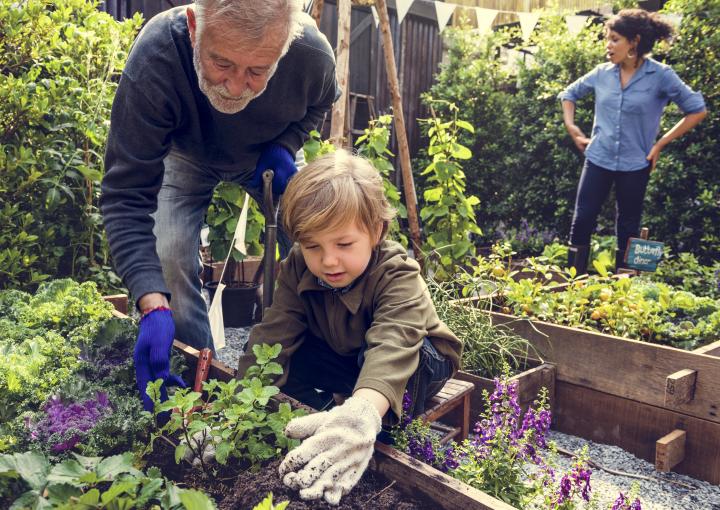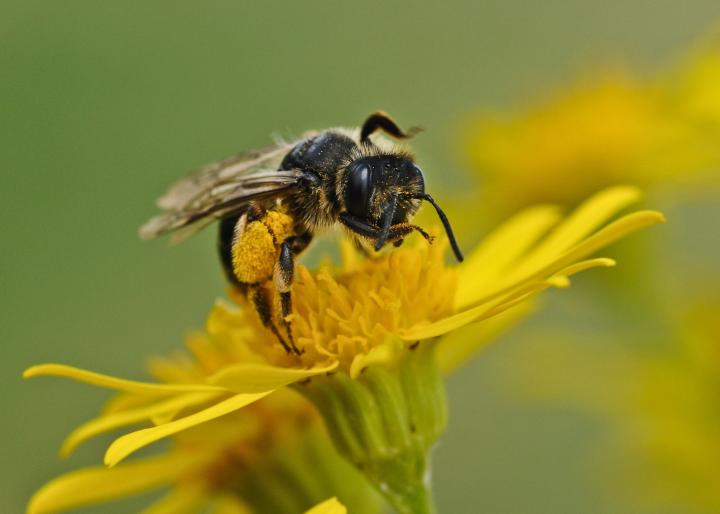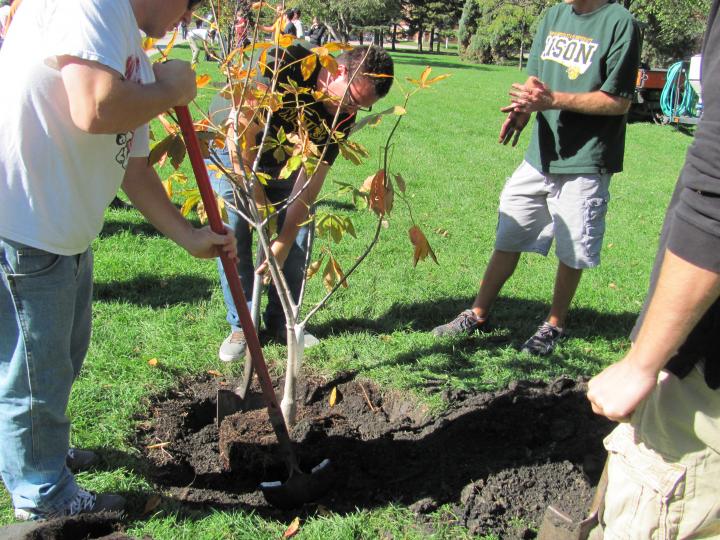How to Celebrate Earth Day
The 53rd Earth Day is Saturday, April 22. So, what is Earth Day? How did it come to be? How do we celebrate Earth Day? Find out in this informative article from The Old Farmer’s Almanac, including 10 tips to make your home planet a better place to live — which is integral to your own health and happiness!

What Is Earth Day?
Ever wonder how Earth Day began? The first Earth Day was held on April 22, 1970, when San Francisco activist John McConnell and Wisconsin Senator Gaylord Nelson separately asked Americans to join in a grassroots demonstration. Dealing with dangerously serious issues concerning toxic drinking water, air pollution, and the effects of pesticides, an impressive 20 million Americans, 10% of the population, ventured outdoors and protested together.
Today, not only is Earth Day meant to increase awareness of environmental problems, but it is also becoming a popular time for many communities to gather together to clean up litter, plant trees, or simply reflect on the beauty of nature.
10 Earth Day Activities and Ideas
Celebrate Earth Day by appreciating and respecting the natural world. Here are some ideas to inspire you this year.
1. Support Our Pollinators
Bring native bees and other pollinating creatures to your garden. One way to do this is by selecting the right plants this season with pollinator-friendly plants. Need ideas?
- Find a beauty or two from our list of plants that attract butterflies and plants that attract hummingbirds as well as flowers that attract pollinating bees.
- Learn more about native bees (the super-pollinators) and make a native bee house (much like a bird house).
- Here are more ways you can help pollinators in your backyard.
2. Clean Up Plastic in Your Neighborhood or Local Park
One of the best ways to connect with the Earth is through cleanups. Go on a walk with a trash bag and help to clean up any plastic that you find. Perhaps you know of a nearby ditch or drainage area around the corner that is polluted with trash! You’ll start to realize that plastic permeates every aspect of our lives. But as the world wakes up to its addiction, just how easy is it to ditch plastic while growing and storing more of our own food? Don’t forget to recycle what plastic you can. See a Plastics Recycling Chart.

3. Swap Out Your Kitchen and Household Products
Let’s talk about the cooking and cleaning products that touch the food we eat as well as our skin. One popular line of kitchen and household products at Wal*mart, Amazon, and other stores is called “If You Care.” Have you seen this product? Everything’s biodegradable and does not use chemicals or plastic. Think 100% recycled aluminum foil, toxic-free parchment paper for baking, compostable bags made with potato starch, and even vegetable-based inks for their packaging. We love company’s motto: “We care simply because it’s the right thing to do!” Look for If You Care products next time you’re grocery shopping. See the store locator.
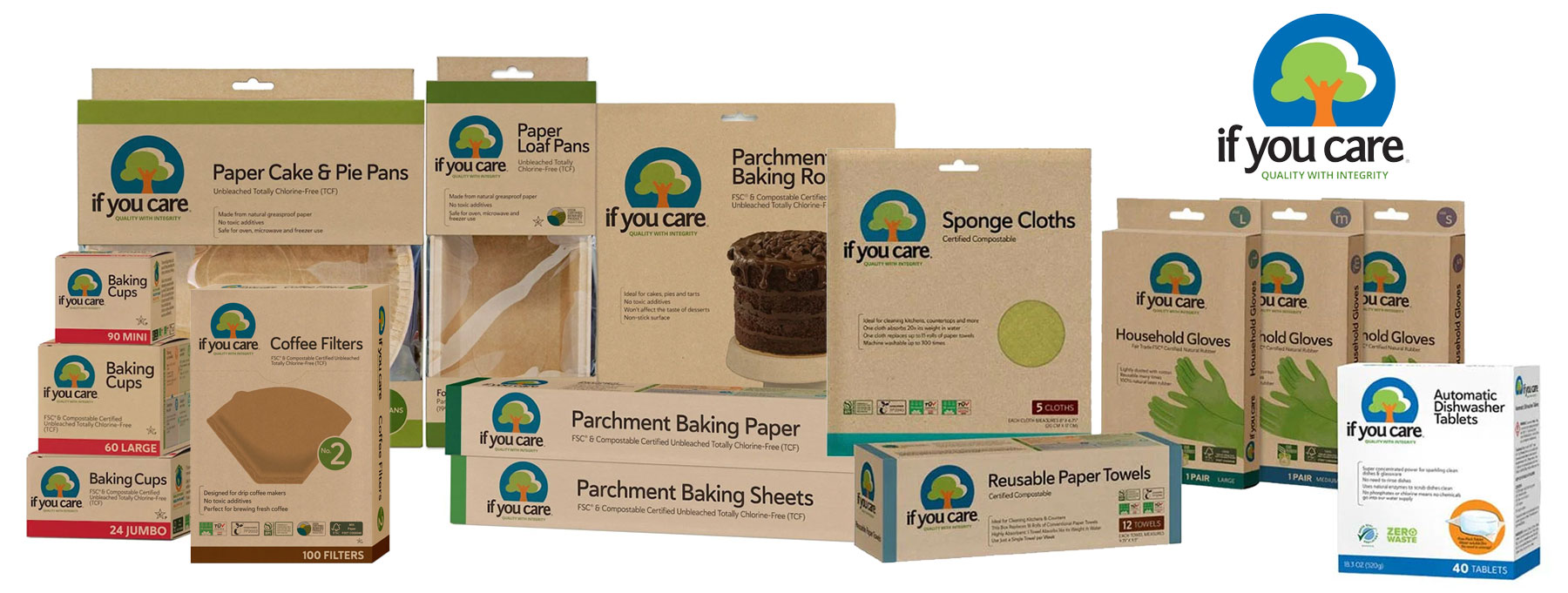
4. Plant a Tree
We love our trees! They capture carbon, cool overheated places, benefit agriculture, support pollinators, reduce the risk of disease transmission, and boost local economies. Did you know that planting one oak tree brings in more insect and bird species than an entire yard of plants? Talk to your local government about planting more trees and native garden beds in public spaces or consider planting your own on your property! See advice on how to plant a tree.
Another way to make a difference is to ditch printed seed or plant catalogs. When you receive an unwanted catalog in the mail (especially those huge ones!), contact the company and ask to be removed from their print list.
5. Use Wildflowers and Native Plants
Wildflowers and indigenous species are not only beautiful but also attract native and beneficial insects that improve both pest control and pollination—meaning bigger flowers and better harvests. Try to simply add a couple of native plants to your garden each year, and you’ll be amazed at the difference—they’ll bring in pollinators as well as birds!
- Here’s more about native plants, why they matter, and a plant list.
- We’ll show you how to grow wildflowers, plus see our list of our 5 favorite and widely adaptable wildflowers plus wildflower varieties by region.
6. Reduce, Reuse, Recycle in the Garden
Caring about yourself and nature means being less wasteful and saving money, too. Who could argue with this? If you are a gardener, here are just a few ideas:
- Buy in bulk when you know that you’ll need a lot of topsoil, mulch, compost, or other materials. This cuts down on plastic bags. Many garden centers will even deliver right to your yard. Also check with your city recycling center or Department of Transportation—they might offer free compost, soil, sand, or other materials.
- Reuse, recycle, or return old plastic pots and trays. See six ways to reuse pots and containers and how to repurpose common household items to use in the garden—and save money!
- Plant pots right into the ground! Here are 10 types of biodegradable pots.
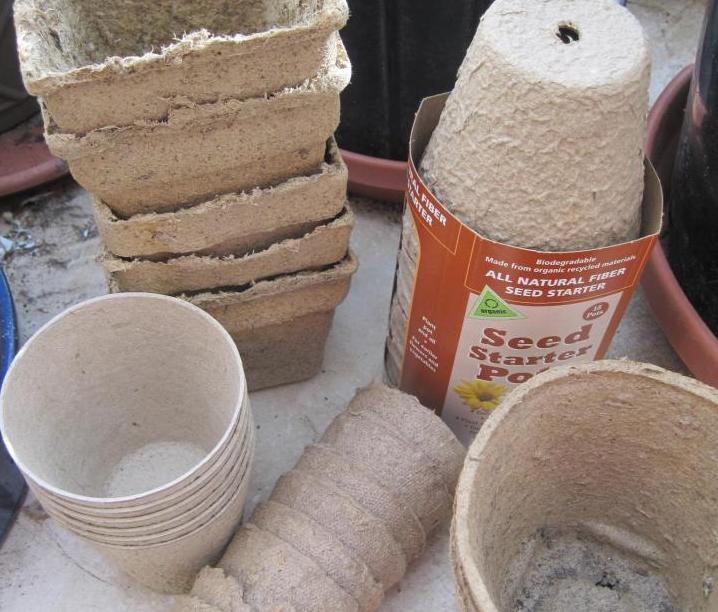
7. Stop Pesticides and Chemicals in the Garden
Most of the beginner gardeners who we meet want to start growing without chemicals or pesticides—in a way that works and even saves money. Much of this is simply about focusing less on the plant and more on the health of the soil that supports the plant. If it’s nutrient-rich with organic matter, plants thrive.
- See how to use organic soil amendments to turn your poor garden soil into a nutrient-rich paradise in which plants will thrive.
- You don’t need chemicals to get rid of pesky garden pests: Companion planting, natural remedies, and attracting predators to your garden can save you money and also save your plants. See how to control pests in the organic garden.
- Some bugs are good for the garden! Here’s a list of some of the best beneficial insects to have in your gardening space, with pictures and tips for attracting them.
- It’s easy to use an organic plant fertilizer—made from just weeds and water. Does it sound strange to make plant fertilizer by using other plants? This is how nature works! Here’s a simple recipe for DIY organic fertilizer—without using chemicals or animal waste—right from your garden!
- Gardening and farming methods such as not tilling the soil, growing cover crops during the off-season, and rotating crops (and grazing) help to retain organic materials in the soil.
- Here are tips on organic seed-starting and our Beginner’s Guide to Vegetable Gardening to get you started.
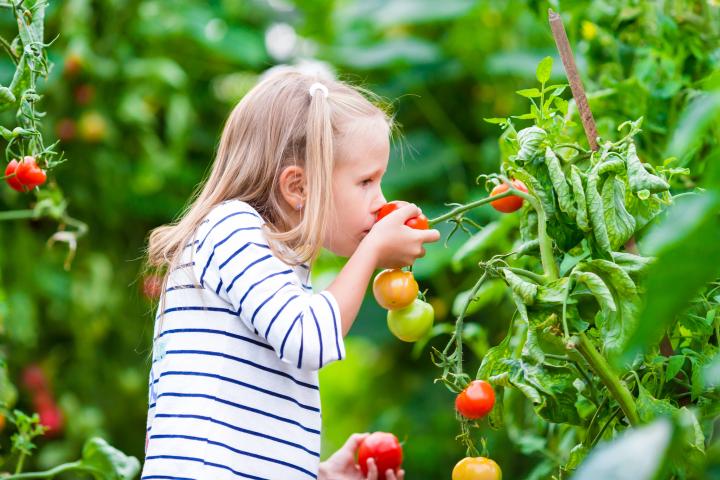
8. Conserve Water!
We waste a lot of water. Avoid overwatering your plants and improve their health by knowing how much your garden really needs. Avoid watering your garden vegetables and plants from overhead, which invites fungal disease. Water at the soil level.
- See our top tips for watering wisely in the garden or our video demonstrating 10 smart watering tips. For gardens, flower beds, trees, and other non-lawn areas, consider installing a drip irrigation system or hose with irrigation holes that puts the water right into the soil, where you want it. If you must use sprinklers, put them on timers.
- Harvest your rainwater from a roof, gutters, and sky with a rain barrel. If you have a low-lying area, consider planting a rain garden, which captures runoff, filters out pollutants, and provides food and shelter for butterflies, songbirds, and other wildlife. See plot plans for “sun” and “shade” rain gardens.
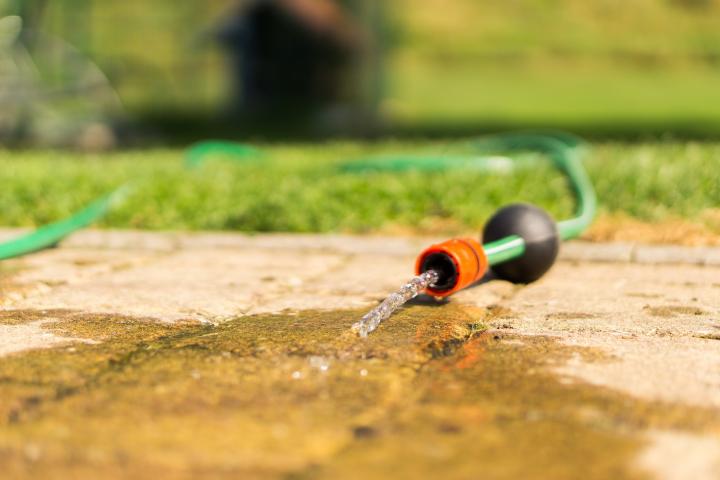
9. Think About Your Diet!
About one-third of the food that we produce every year goes to waste annually! Usually, this happens after we buy the food. How do we avoid waste in our own lives (and save money)? Also, how can we improve our diet so that it’s healthier for ourselves (and the planet)? One way is to care about your “foodprint,” which is the result of everything that it takes to get your food from the farm to your plate. Take this fun 3-minute Foodprint Quiz to find out your foodprint.
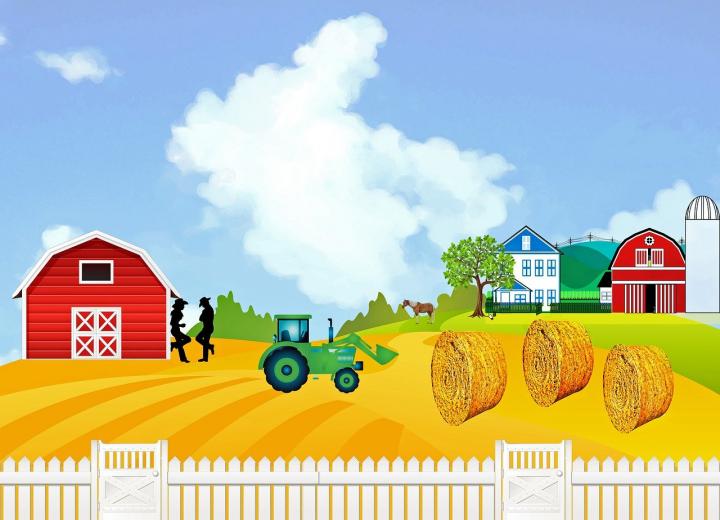
10. Get Kids Involved!
Pass down a love of nature and plants to kids. There are lots of opportunities for hands-on learning experiences outside. Here are some ideas for how to garden with kids, including fun activities like planting a sunflower house! Find 6 more garden projects for kids from the Old Farmer’s Almanac for Kids!
